Community Ecology Concepts
The basic role or profession of an organism in a community is called ecological niche. But when several populations share a common habitat and its resources they interact among themselves and develop into a biotic community or simply a community.

Community Ecology In A Changing Environment Perspectives From The Quaternary Pnas
Several kinds of processes are important each with a different characteristic scale of time and space.

Community ecology concepts. The interacting populations occupying a given habitat form an ecological community. Communities differ in their species richness the number of species they contain and the relative abundance of different species. The interacting populations occupying a given habitat form an ecological community.
A community of organisms includes all the interacting populations of the species living within a specific area or within a specific habitat. It attempts to determine the nature of community struc-ture in general the types of communities that appear in different habitats and the specific sequence of change in community development p. Finally while few contemporary theoretical ecologists treat communities as belonging to discrete types the community-unit concept lives on in applied ecology where the classification of communities often described as vegetation or ecosystem is commonplace in order to facilitate conservation management prioritization and policy.
The four fundamental processes are selection drift speciation and dispersal. In fact you can define an ecosystem as a community where there is no waste. Members of a community may interact directly or indirectly eg.
Community ecology is the study of the organization and functioning of communities of organisms. Community ecology Definition. Duncan 1959680 states that it is hardly.
Communities are typically studied using a diversity of techniques including observations of natural history statistical descriptions of natural patterns laboratory and field experiments and mathematical modelling. Evolution and distribution of plants and animals extinction of species consumption and transfer of energy in different components of biological communities cycling and recycling of organic and inorganic substances interactions. Each population has characteristics like natality mortality age structure growth dynamics and so on.
ECOLOGICAL CONCEPTS Ecological resilience Disturbances Connectivityfragmentation Protection of species and species subdivisions will conserve genetic diversity Maintaining habitat is fundamental to conserving species Large areas usually contain more species than smaller areas with similar habitat. Concepts of Community Ecology. Biosphereecosphere is the part of the earth and atmosphere inhabited by living organisms.
A group of organisms constitute population. Community refers to all organisms belonging to different species that interact in the same habitat. A community therefore is made up of populations.
FloRistic classification It requires detailed study of the individual community also involves many concepts like frequence dominance constancy presence fidality. In this classification the followers first time used association as a unit of community. Ecology in other words is a study of the morphology of collective life in both its static and dynamic aspects.
Concept 531 A communitys interactions include competition predation herbivory symbiosis and disease. Such relations can be studied at different levels the level of infracommunity component community and compound community. As populations of species interact with one another they form biological communities.
Energy and matter are passed along in cyclical flows. In general populations of one species never live in isolation from populations of other species. A community is a single point of reference in time and space from which population and evolutionary influence emanates.
There are certain basic fundamental ecological principles which describe various aspects of living organisms eg. An aggregation of populations of different species living together in inter dependence in a specific area having a specific set of environmental conditions constitute a biotic community eg the various plants and animals in a pond or lake constitute one biotic community whereas the plants and animals in a particular forest constitute another biotic community. A community is defined as an assemblage of species living close enough together for potential interaction.
The study of relationship of different communities or group of population to their environment is called synecology or community ecology. Of course this is an extremely important lesson we must learn from nature. Although ecology has traditionally focused upon local contemporary systems it.
Describe community structure and succession. A community is a set of organisms coexisting within a defined area. Only the oldest group placed high value on concepts related to evolution selection adaptation microevolution while the youngest group found abstract concepts pertaining to indeterminacy eg gradient species diversity and complexity particularly useful.
The cyclical flows of energy and matter thats another principle of ecology. Fundamental Concepts and Principles of Ecology. Describe community structure and succession.
A group of population living in a unit area Community ecology is the study of co-existing interdependent populations Community ecology is the study of the interactions between these organisms and the interactions between the organisms and their. Only the youngest class included community among its top 10 concepts. In general populations of one species never live in isolation from populations of other species.
Community ecology deals with the relations between organisms in a certain habitat in the case of parasites with relations between parasites infecting a certain host. Evolutionary community ecology is an approach in which the combination of community ecology and evolutionary biology will lead to a better understanding of the complexity of communities and populations. Apparent competition if they share interaction links to other species in the community.
Community ecology is the study of patterns and processes involving these collections of two or more species. This refers to all species in a defined spatial area or ecosystem which interact via trophic competitive commensal amensal or mutualistic interactions. The number of species occupying the same habitat and their relative abundance is known as the diversity of the community.
The number of species occupying the same habitat and their relative abundance is known as the diversity of the community.

Microbiomes As Metacommunities Understanding Host Associated Microbes Through Metacommunity Ecology Trends In Ecology Evolution

Community Ecology In A Changing Environment Perspectives From The Quaternary Pnas

Ecological Community An Overview Sciencedirect Topics
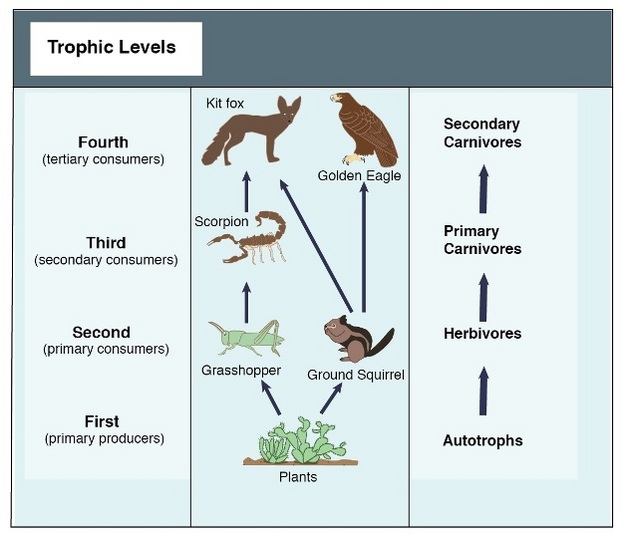
Food Web Concept And Applications Learn Science At Scitable

Community Ecology Definition Examples Expii
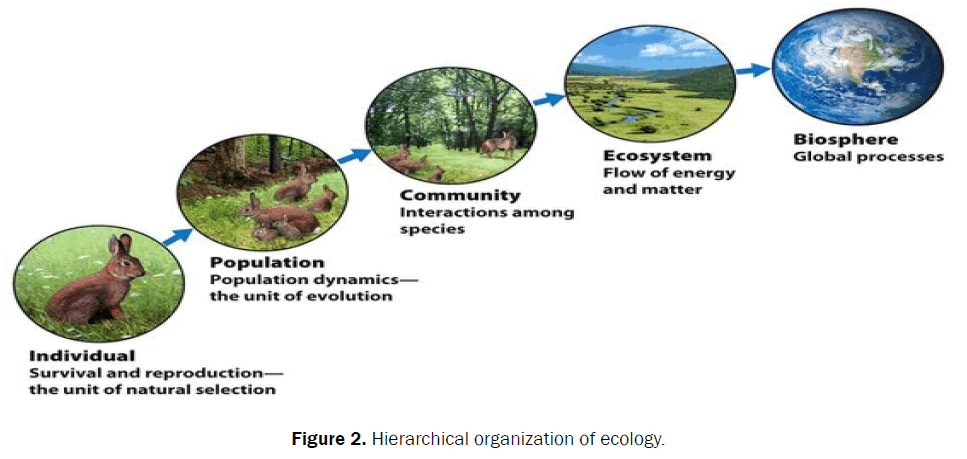
The Importance Of Studying Ecology Open Access Journals
Ecological Concepts And Instructions To Create Concept Map Relationship Between And Among Ecological Concepts
Community Ecology Definition Examples Structure Types Of Interactions In Ecological Community

Community Ecology An Overview Sciencedirect Topics
Community Ecology Definition Examples Structure Types Of Interactions In Ecological Community
Community Ecology Definition Examples Structure Types Of Interactions In Ecological Community
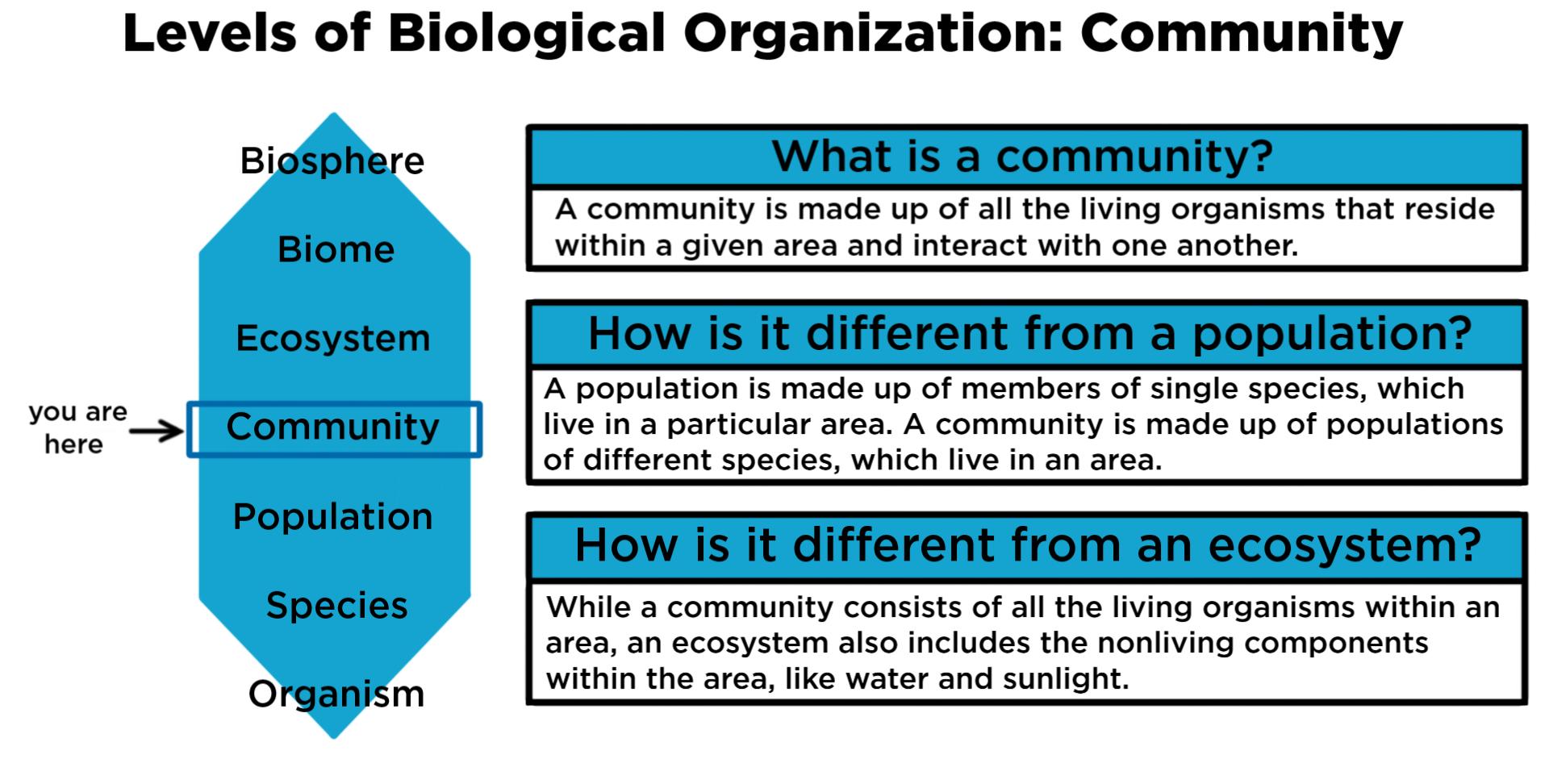
Community Ecology Definition Examples Expii
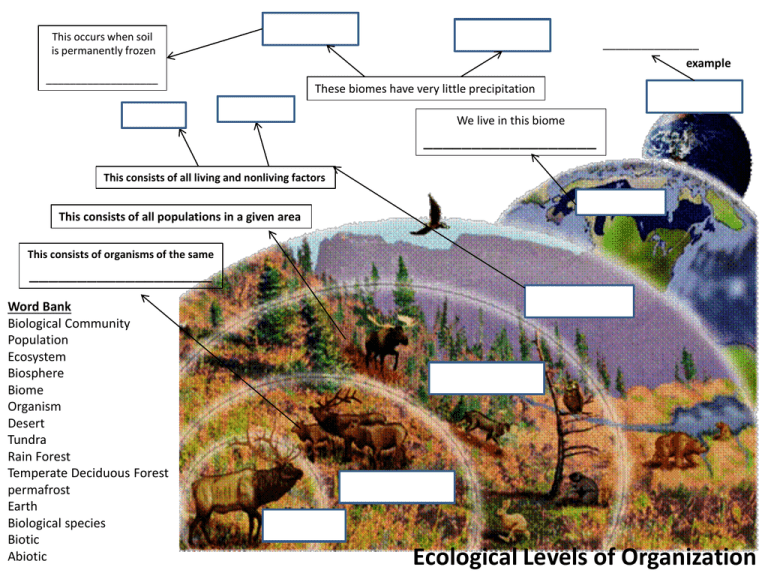
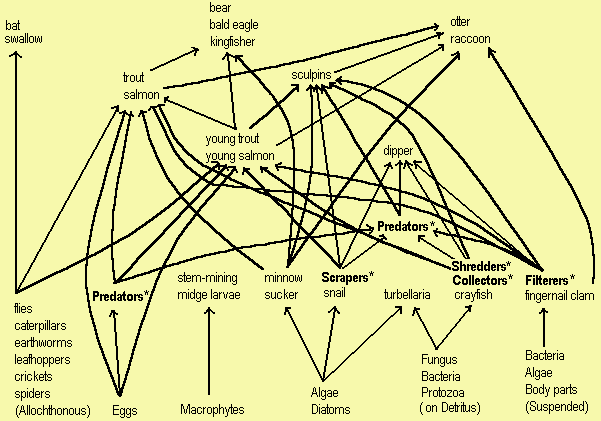
Posting Komentar untuk "Community Ecology Concepts"